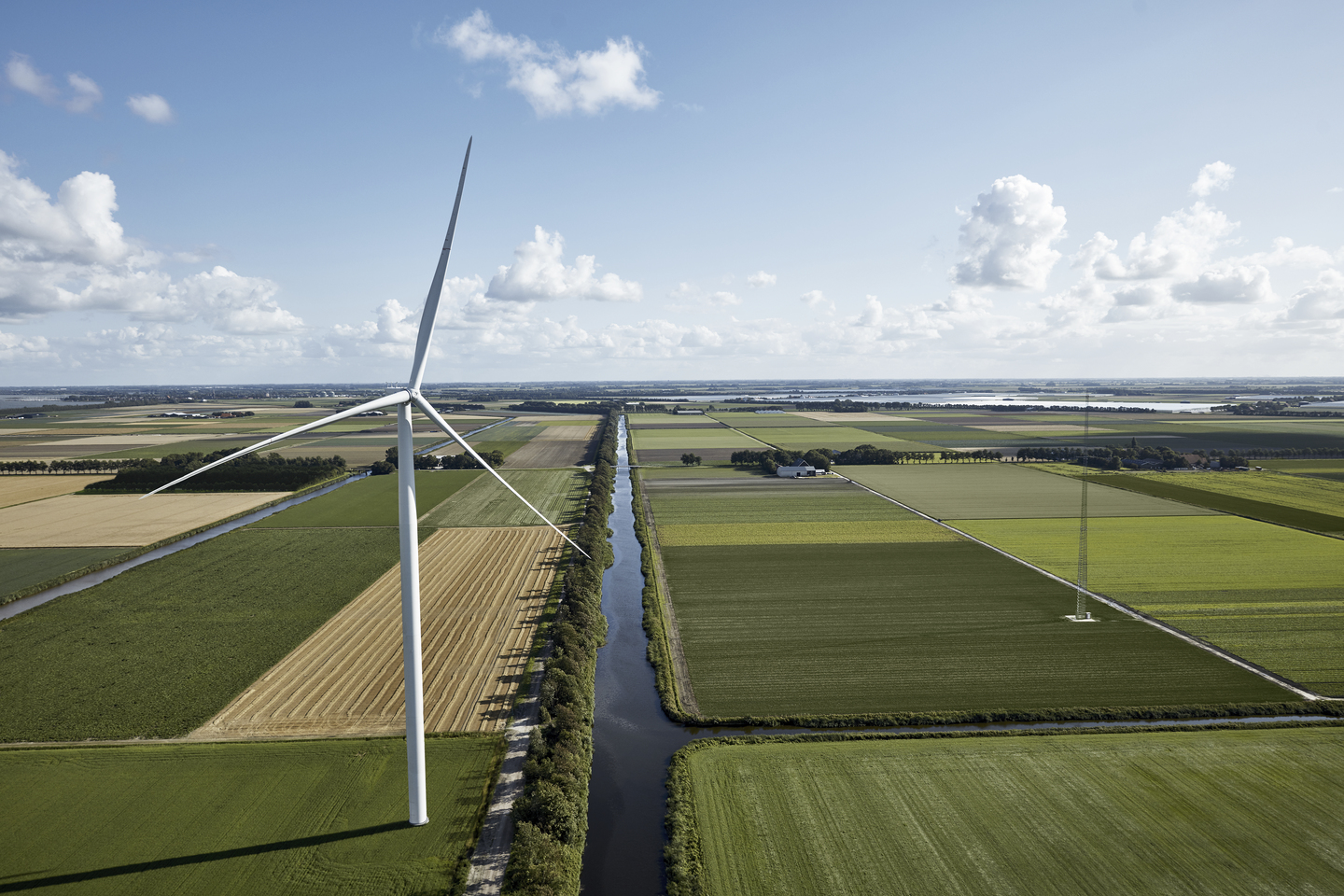Carbon neutrality refers to achieving a balance between the number of greenhouse gases emitted into the atmosphere and the amount removed from it. In the face of climate change, achieving Mowa carbon neutral has become a global imperative.
Current State of Carbon Neutrality Efforts in Mowa
- Government Initiatives
The government of Mowa has taken significant steps to address carbon emissions by implementing policies and regulations that promote renewable energy adoption, sustainable practices, and carbon reduction strategies.
- Private Sector Involvement
Private companies in Mowa have also stepped up their efforts to reduce their carbon footprint. Many businesses have adopted renewable energy sources, implemented energy-efficient technologies, and invested in Mowa carbon neutral programs.
Innovations in Renewable Energy Technologies

- Solar Power
Mowa has vast potential for solar energy generation due to its abundant sunlight. Innovations in solar panel technology and solar farms have made solar power an increasingly viable and cost-effective option for generating clean electricity.
- Wind Power
Wind turbines harness the power of the wind to generate electricity. Mowa’s coastal regions and high-altitude areas offer excellent opportunities for wind energy production, contributing to the region’s carbon neutrality goals.
- Hydroelectric Power
Hydropower utilizes the energy of flowing water to generate electricity. Mowa’s rivers and waterways provide ample resources for hydroelectric power generation, offering a reliable and renewable energy source.
- Geothermal Energy
Geothermal energy taps into the Earth’s heat to produce electricity and heat buildings. Mowa’s geothermal resources hold immense potential for clean and sustainable energy production, furthering the country’s carbon neutrality objectives.
Green Transportation Solutions
- Electric Vehicles
Electric vehicles (EVs) offer a cleaner alternative to traditional gasoline-powered cars. The adoption of EVs in Mowa is on the rise, supported by government incentives and a growing charging infrastructure.
- Public Transportation
Improving public transportation systems can reduce carbon emissions by encouraging more people to use buses, trains, and other forms of mass transit. Investments in efficient public transportation networks contribute to Mowa’s carbon neutrality efforts.
Carbon Offsetting Programs
- Reforestation Projects
Planting trees helps absorb carbon dioxide from the atmosphere, making reforestation a crucial component of carbon offsetting efforts. Mowa’s reforestation projects aim to restore degraded ecosystems, enhance biodiversity, and mitigate climate change.
- Carbon Capture and Storage
Carbon capture and storage (CCS) technologies capture carbon dioxide emissions from industrial sources and store them underground, preventing them from entering the atmosphere. CCS plays a vital role in decarbonizing industries and achieving carbon neutrality in Mowa.


